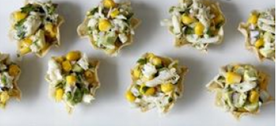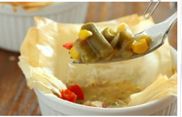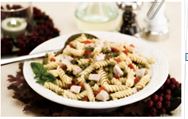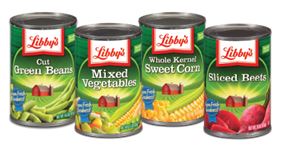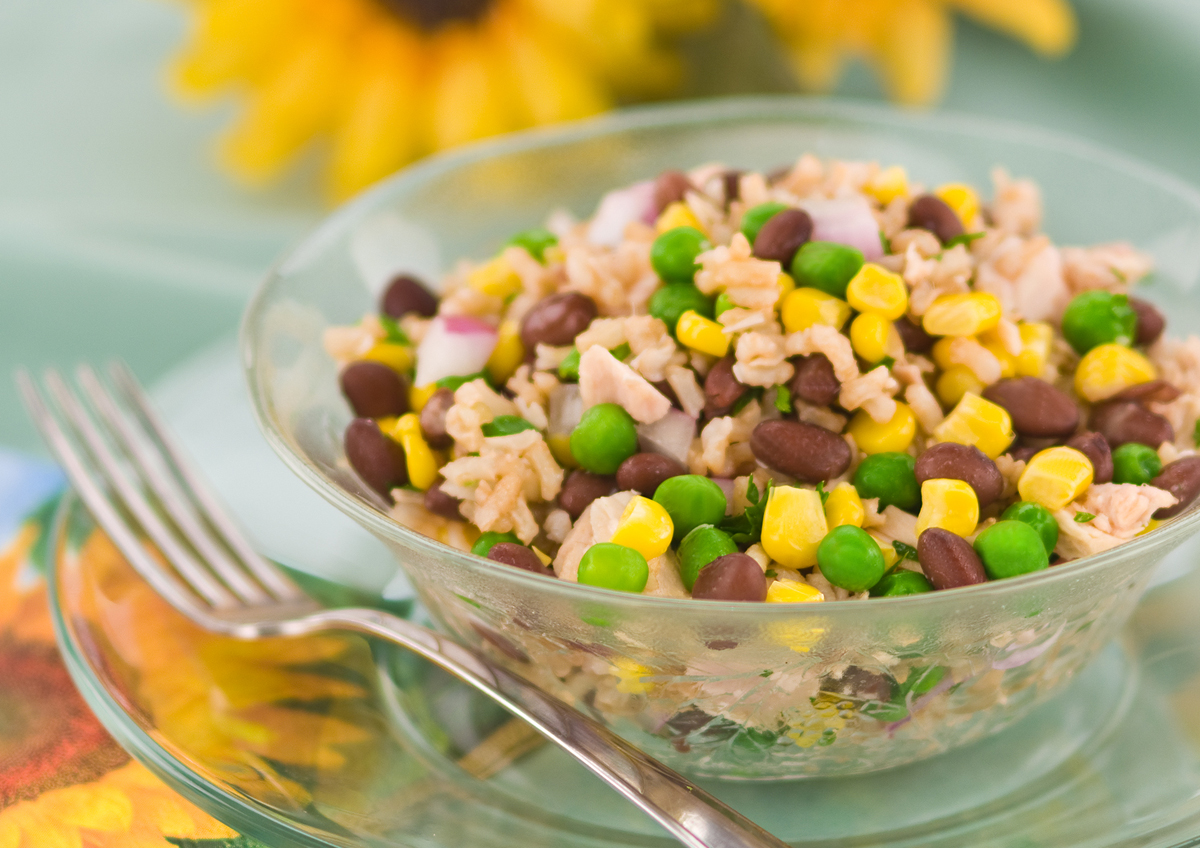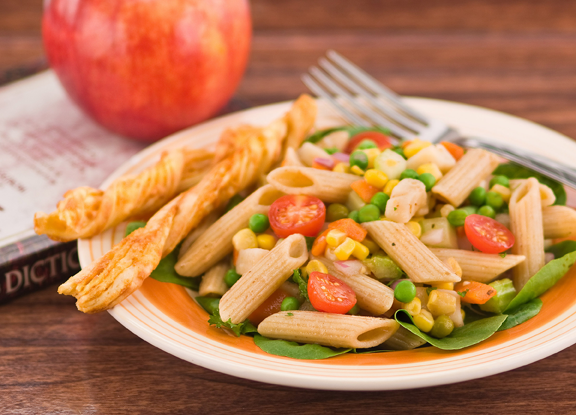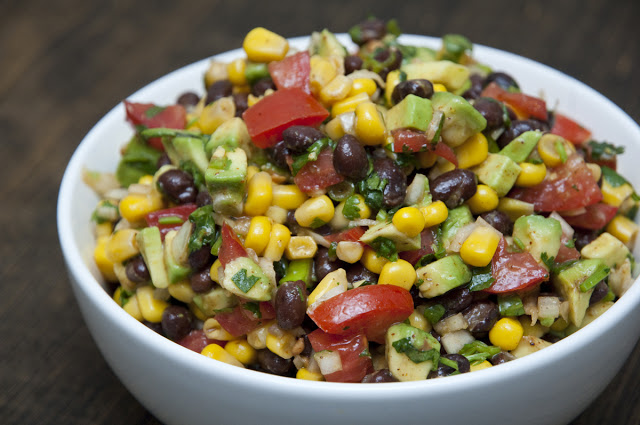Cooking and enjoying food with your family on a routine basis can help establish long-term, healthy lifestyle habits. Recognizing that many families are often pressed for time, it’s important to note that making a family meal doesn’t have to be a time-consuming or labor-intensive process. The following recipes demonstrate that a healthy family meal can easily be prepared.
Hot off the Griddle Corn Cakes
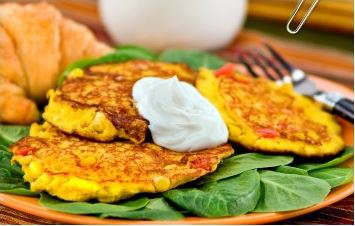
Breakfast eaters or not, your whole family will wake up excited for these Hot off the Griddle Corn Cakes. These corn cakes provide wholesome vegetables, taking a more nutritious spin on traditional pancake recipes. No one will want to skip breakfast when you’re making this recipe!
Quick and Healthy Fried Quinoa with Mixed Vegetables

If your active family needs to fuel up, you’ve got to try this nutrition-packed Quick and Healthy Fried Quinoa with Mixed Vegetables recipe. This recipe is great for athletes of all ages who come home hungry. Mixed with colorful vegetables and ready in a short time, this recipe is sure to become a staple for a busy household!
Frozen Veggie Pops – Avocado Sweet Pea Frozen Pops
Whether your family’s summer adventures are at the park or the pool, be sure to bring along some Avocado Sweet Pea Frozen Pops. These refreshing treats are packed with vitamins, providing the nutrients you need for all of your fun-filled adventures.
